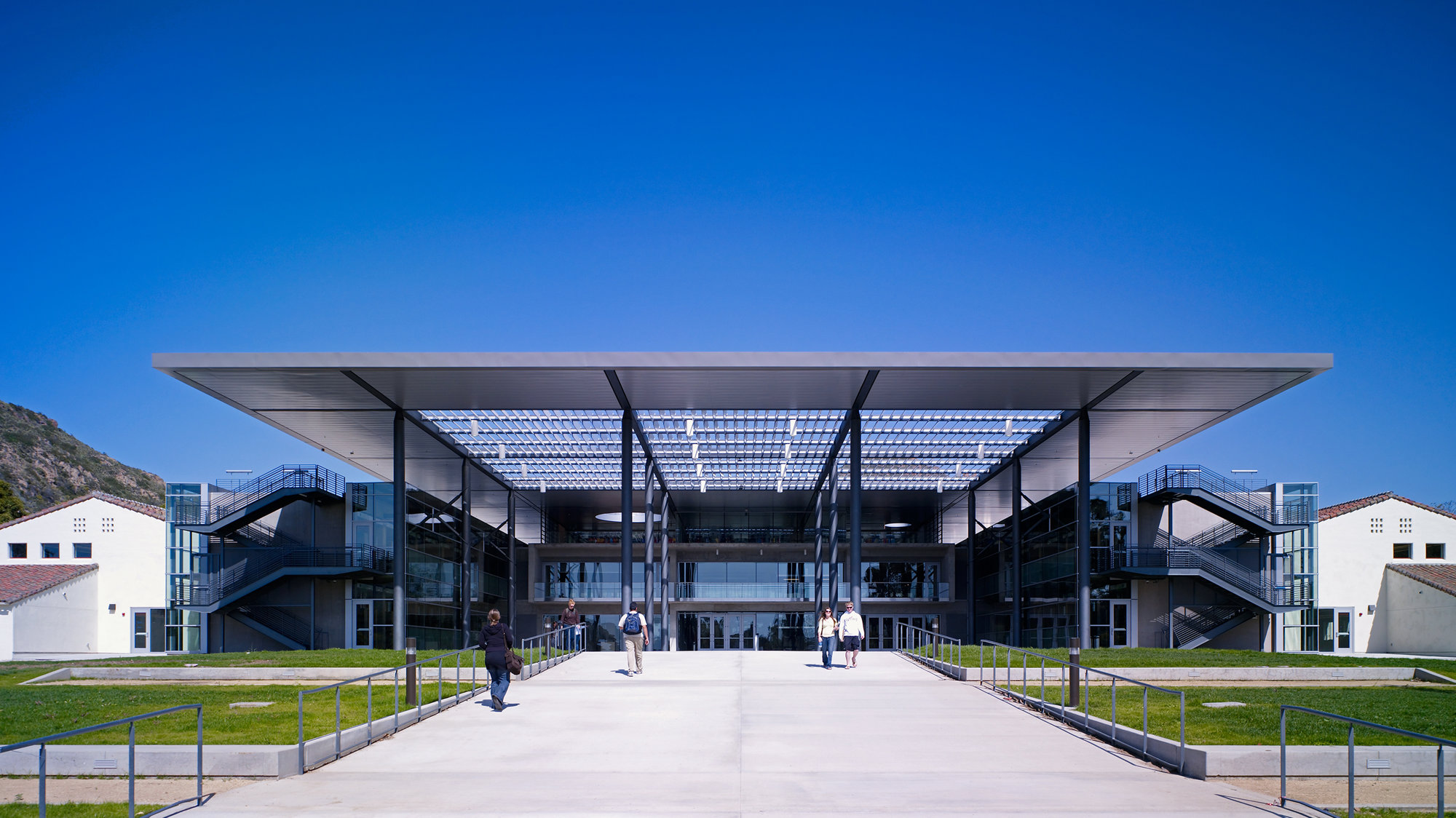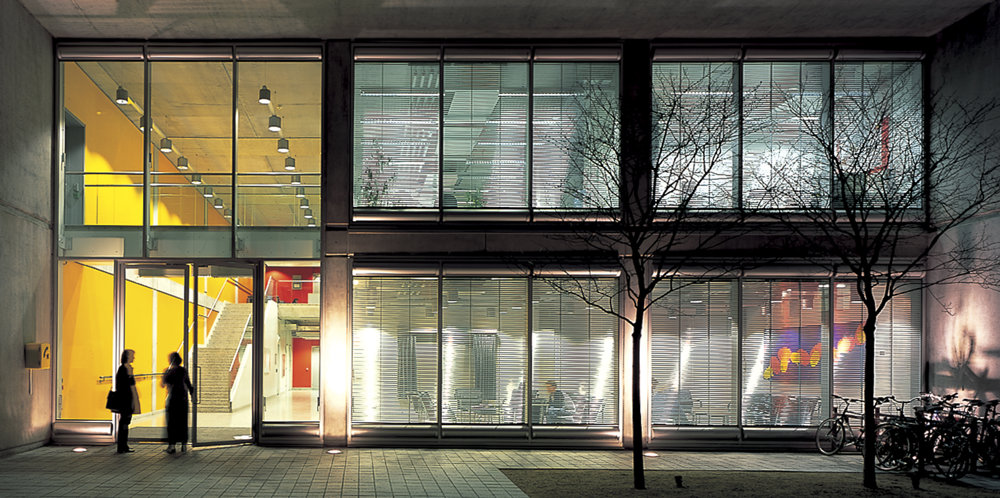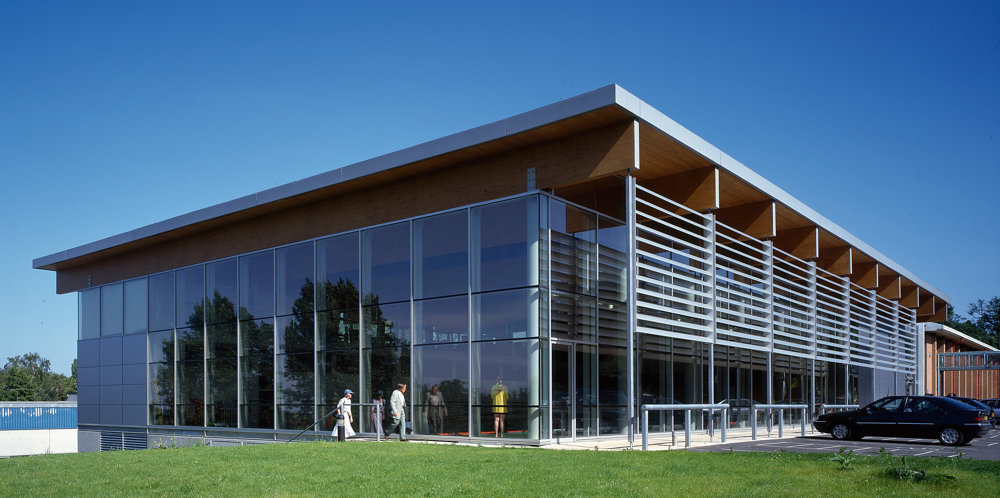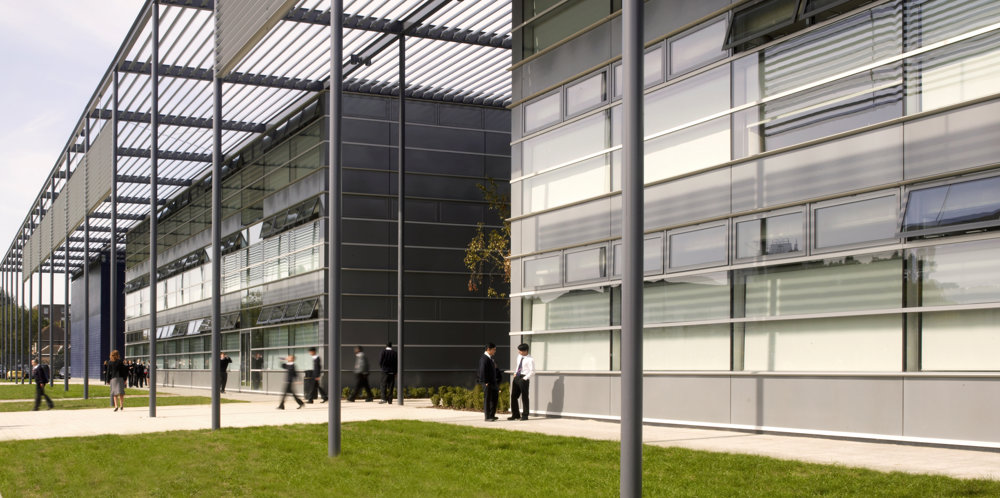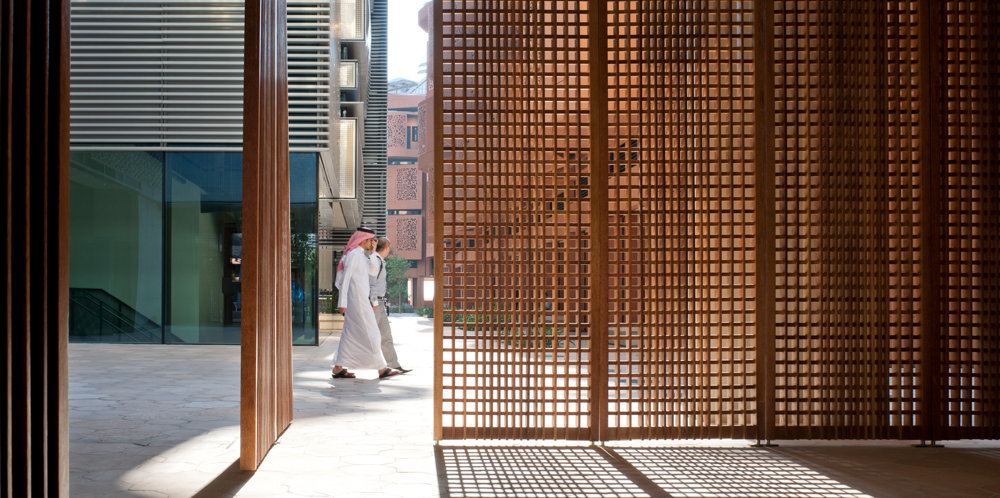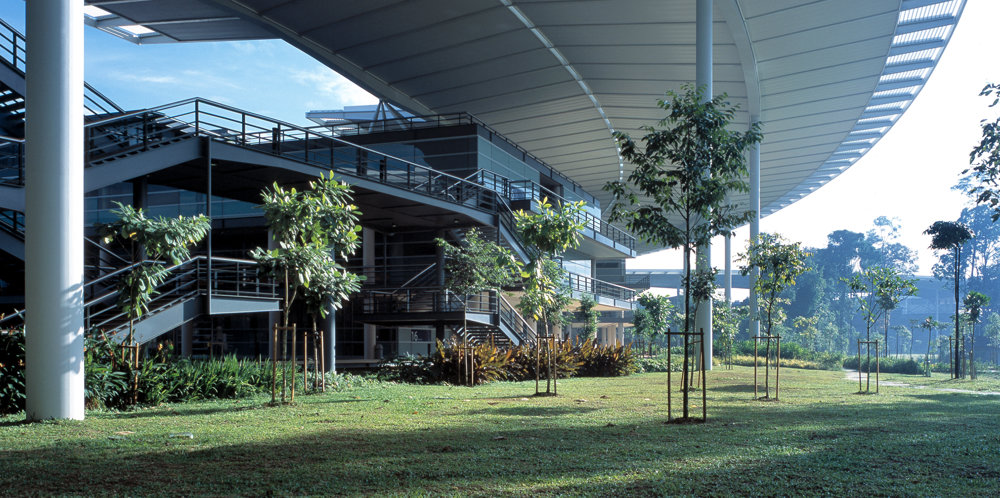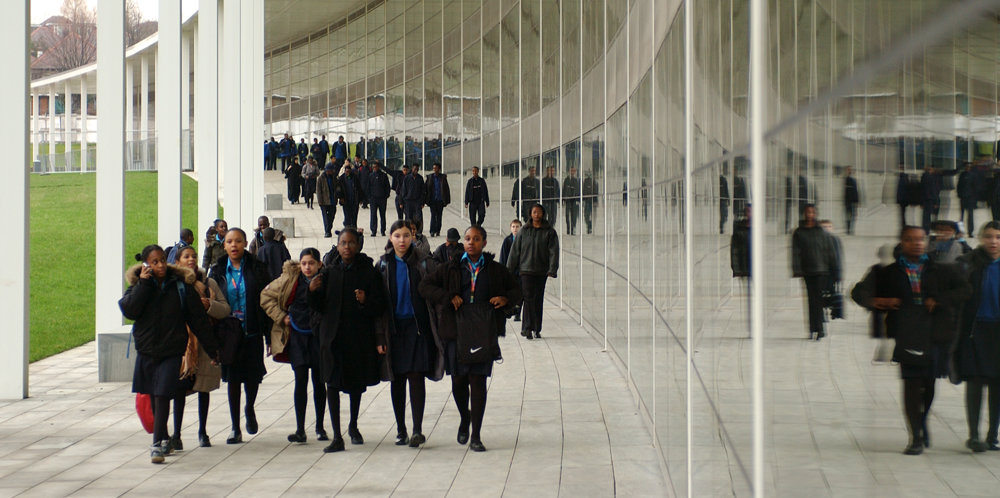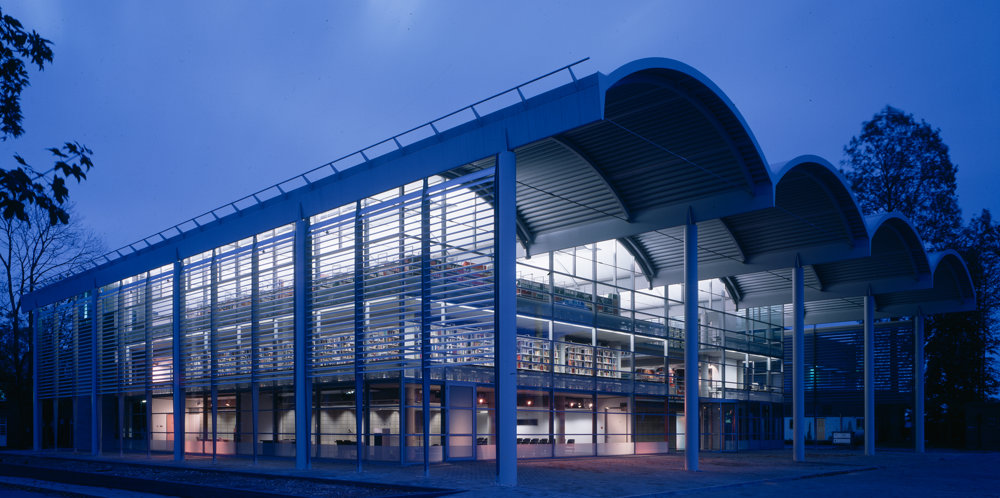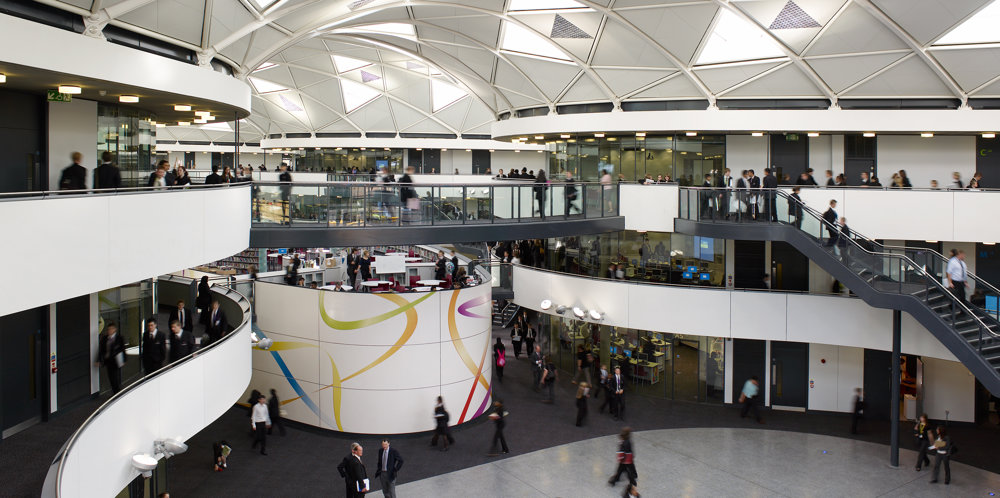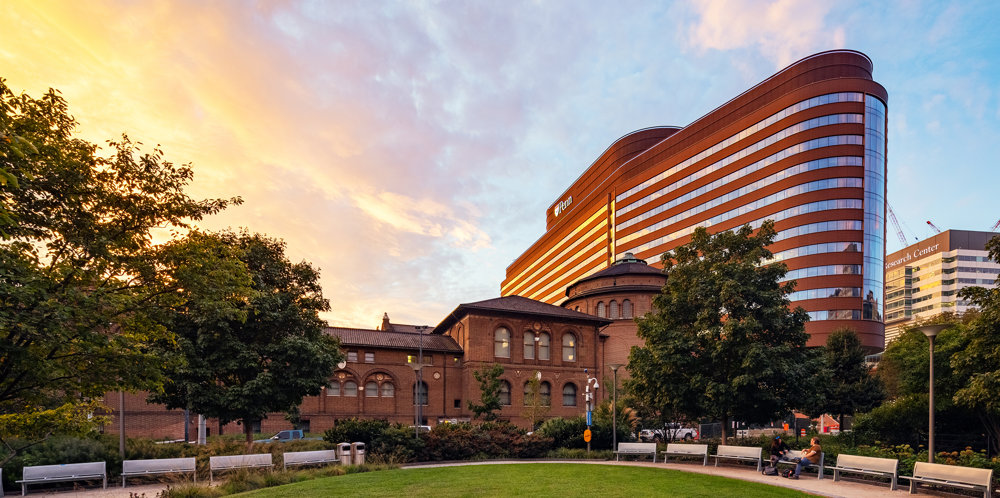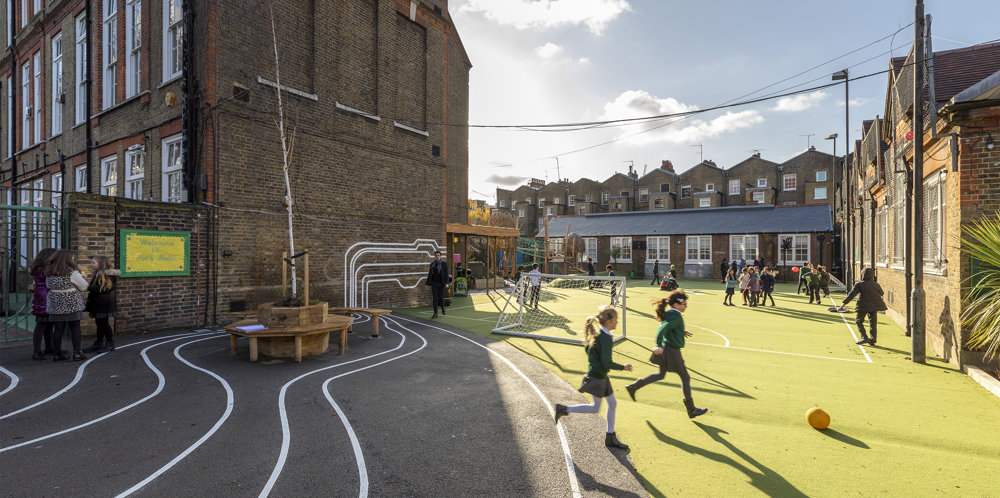The focus of the reinvented Camarillo State Hospital into the 23rd California State University campus, the library serves as the intellectual and architectural centerpiece, establishing the character and quality of future projects. The brief called for a building that “would become a dynamic crossroads for students, faculty and community members who seek to research, study and explore the vastness of knowledge that a library provides. It stands as a source of university and community pride.” The campus masterplan acknowledged the balance between preserving the existing historical buildings while providing the functional needs of a contemporary academic library.
Noted for its collection of Spanish Colonial structures built between the 1930s and 1950s, the former hospital consists of two and three storey structures, organised around a series of eight outdoor courtyards. The selective removal of the central hospital wings has fused four of the courtyards into a single site for the new library, which abuts an existing 1950s Spanish style building. The transparency of the building showcases the book stacks, while deeper inside, the former exterior wall of the old structure becomes visible as a backdrop for the library stacks. Reading rooms, classrooms, and offices are located beyond within the renovated existing building.
Characterised by a sense of light and transparency, there is a dynamic play of natural light throughout the two-storey library. The prominent roof canopy responds to both functional as well as symbolic requirements. It is the primary element in linking the library to the rest of the campus and provides a unifying architectural statement. Engineered as a lightweight trussed steel structure supported on circular hollow steel columns it is critical as an environmental device to provide effective sun control to the surrounding accommodation and the louvered canopy casts shadows across the entry plaza that change throughout the day. Glazed roof panels and elevated windows flood the interior with natural light and a central double-height space provides a dramatic social focus.









